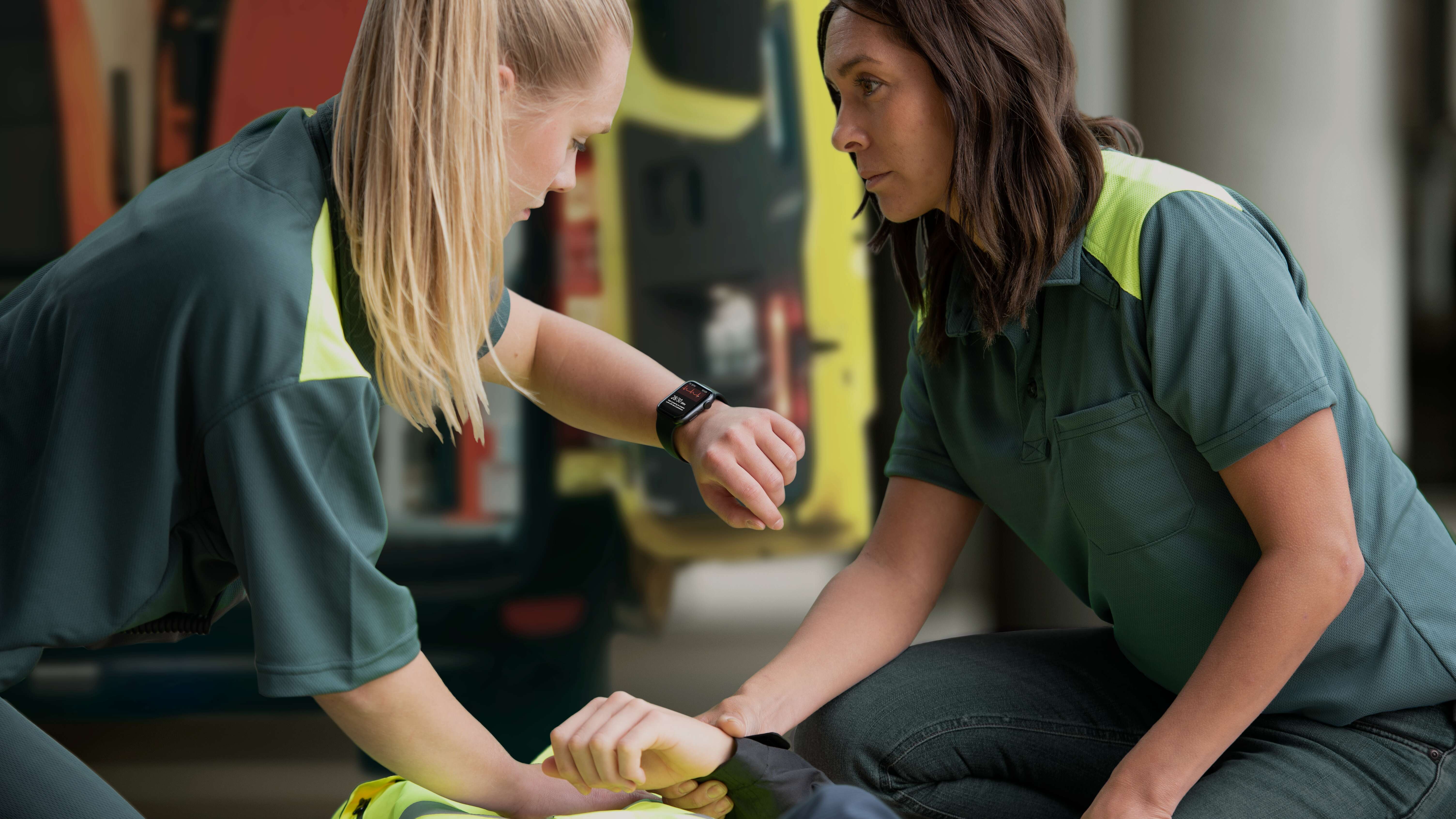
When paramedics reach the scene of an accident, time and equipment are very limited. The first thing they do is stabilise patients as best they can so they can be transported to hospital as quickly as possible. Often, the ambulance serves mainly as an expensive taxi service, with little equipment for thorough medical diagnosis or treatment. With the centralisation of hospitals and increasing traffic congestion, the average time to reach the hospital is getting longer and longer - costing precious time and lives.
But what if the ambulance was connected to medical experts at the hospital?
What if a small device connected to either a 5G mobile phone or a 5G wireless router could perform remote diagnostic tests such as ultrasound? This would save valuable time and allow hospital staff to make the necessary preparations so that treatment can be given quickly on arrival.
What if a specialist in the hospital could use real-time images to assist paramedics in the ambulance?
Such a use case requires, for the transmission of the data, higher network and computing characteristics (latency and bandwidth) that cannot be achieved in 4G networks and in a central cloud where the application is hosted.
5G in combination with edge computing and network slicing make this use case possible. Whereby 5G enables nationwide coverage with high bandwidth. Edge computing brings computing power closer to where the data is generated and used. Network slicing makes it possible to prioritise certain critical applications over others by reserving a portion of the 5G network's capacity.
With these technologies, an expert can remotely view ultrasound images of the patient who is in the ambulance on the way to the hospital. The doctor can give advice to the paramedics on how to initiate the right treatment based on the ultrasound images he sees in real time and in high resolution. In the event of a medical emergency, every second counts and it is important that the patient receives the right treatment as soon as possible.

